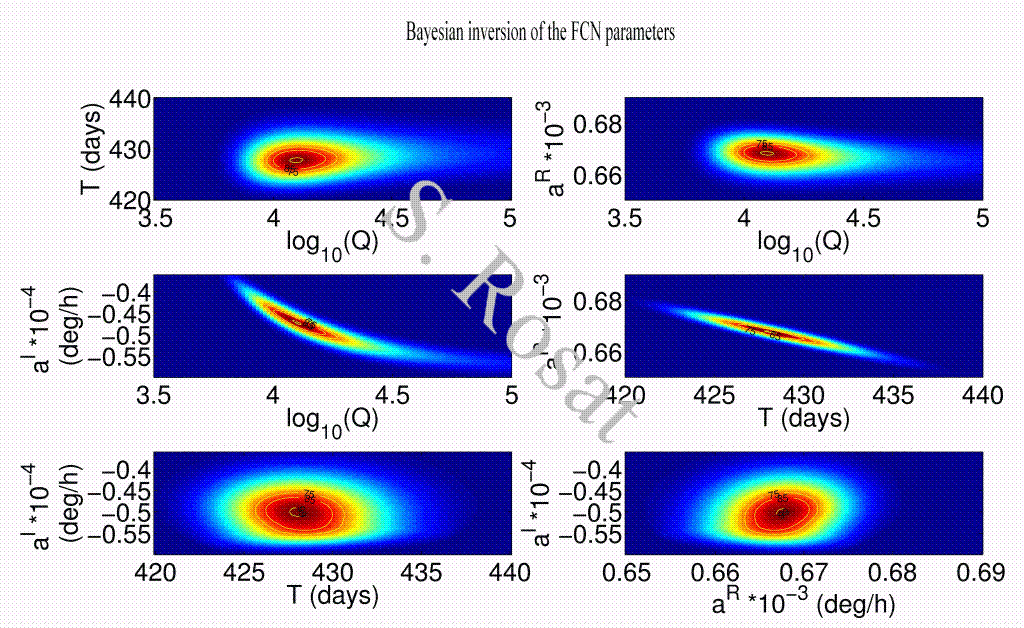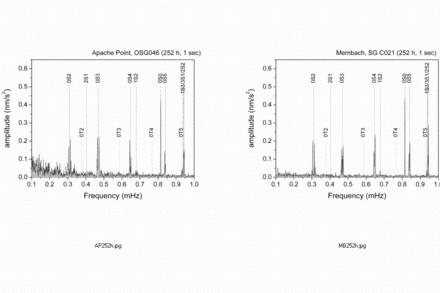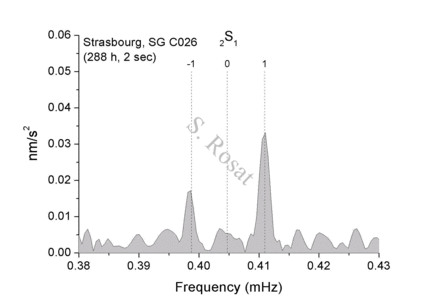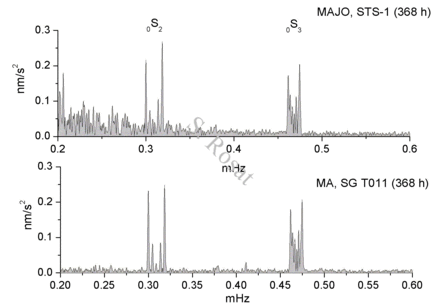Summary
Free Core Nutation Resonance
The Bayesian package for the inversion of the parameters of the FCN resonance is available in the Ressources section.
Seismic modes
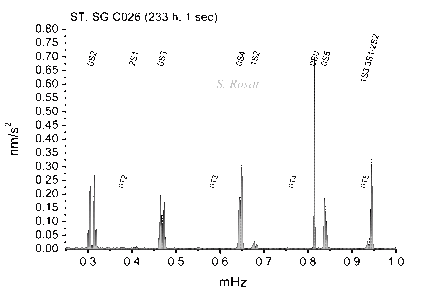
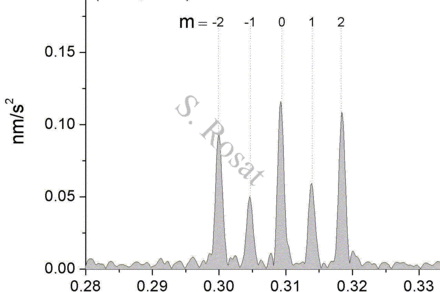
Excitation amplitude of the "Slichter mode"
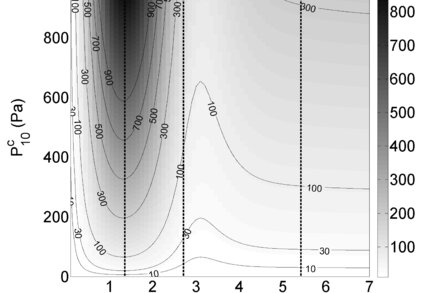
Excitation amplitude of the Slichter mode for a zonal degree-one pressure flow in the core as function of the characteristic time of the source. Theoretical computation for a PREM-like Earth's model using a Green function formalism
Excitation amplitude of the Slichter mode for a zonal degree-one pressure flow in the core as function of the characteristic time of the source. Theoretical computation for a PREM-like Earth's model using a Green function formalism (Rosat & Rogister 2012).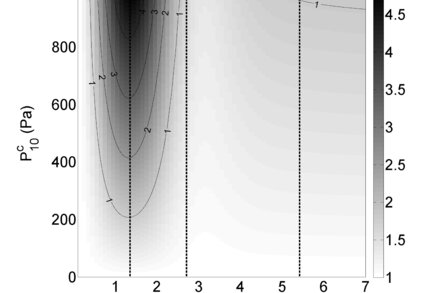
Excitation amplitude of the Slichter mode for a zonal degree-one surface load density as function of the characteristic time of the source. Theoretical computation for a PREM-like Earth's model using a Green function formalism
Excitation amplitude of the Slichter mode for a zonal degree-one surface load density as function of the characteristic time of the source. Theoretical computation for a PREM-like Earth's model using a Green function formalism (Rosat & Rogister 2012).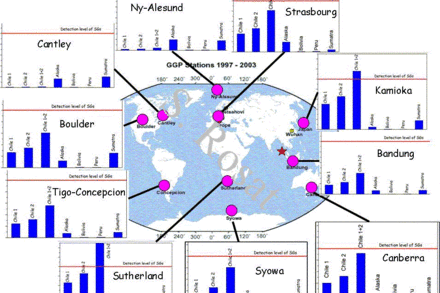
Seismic excitation amplitude of the Slichter mode at SG sites. Theoretical computation for a PREM-like Earth's model using a Green function formalism
Seismic excitation amplitude of the Slichter mode at SG sites. Theoretical computation for a PREM-like Earth's model using a Green function formalism (Rosat 2007, Rosat HdR 2016).Observed noise and self-noise of a Superconducting Gravimeter vs predicted Slichter mode amplitude
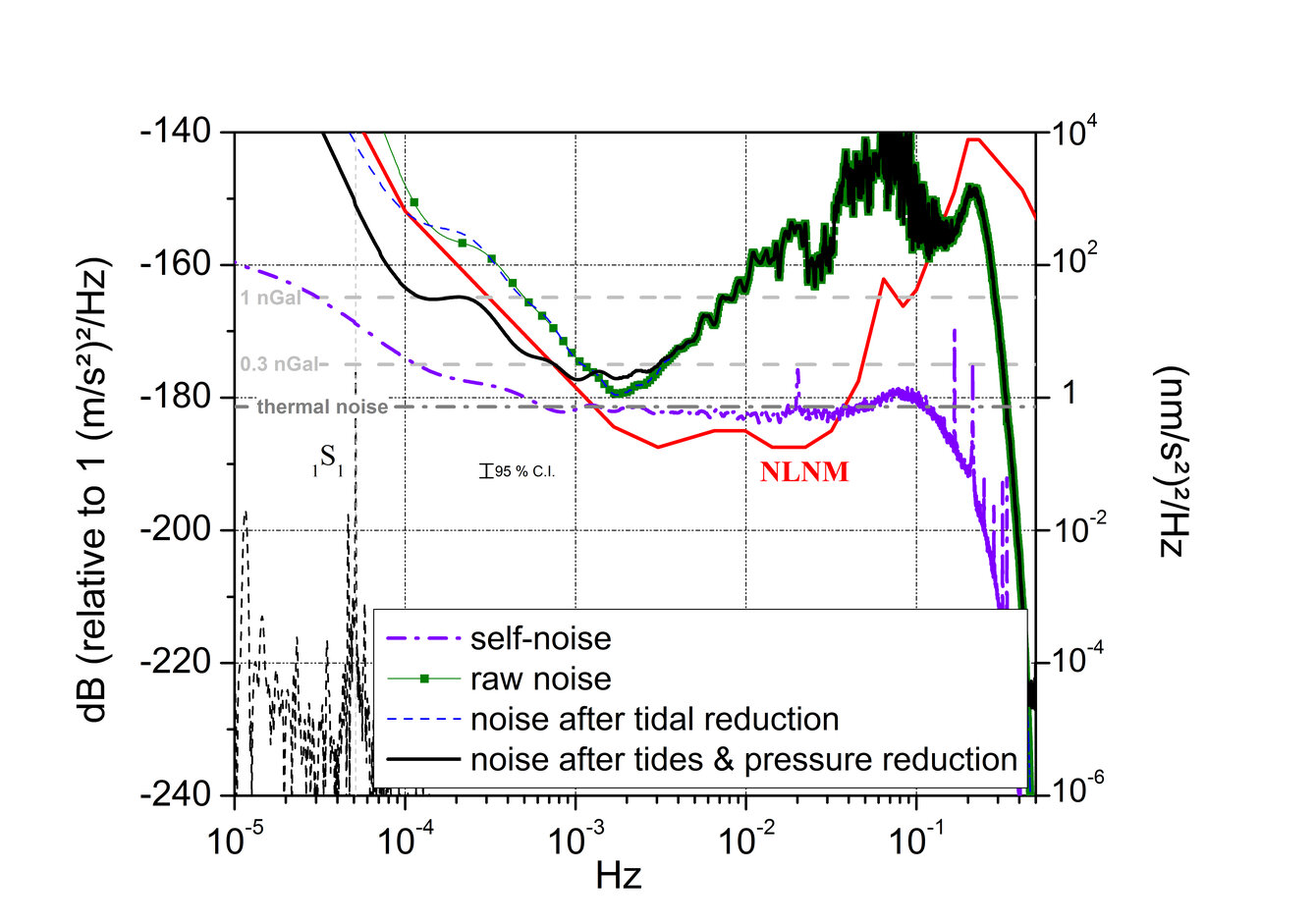
The so-called "Slichter" mode or "Slichter" triplet is a normal mode of the Earth consisting of a translational oscillation of the solid inner-core within the fluid outer core at a period close to 5 hours. The existence of this spheroidal mode, noted 1S1 in seismology, was first suggested by Slichter (1960). This mode raised some controversies in the past associated with its theoretical frequency (related to the value of the density jump at the inner-core boundary), its splitting by rotation and ellipticity (role of the outer core viscosity) and in terms of its detection in gravimetric records. Today, the observation of this mode is still a challenge since its predicted surface amplitude is smaller than other surficial effects and below the level of detection (noise level in terms of Power Spectral Density) of geophysical instruments, by two orders of magnitude with respect to the observed noise level of Superconducting Gravimeters, but less than one order of magnitude with respect to their self-noise (Rosat & Hinderer, 2018).

